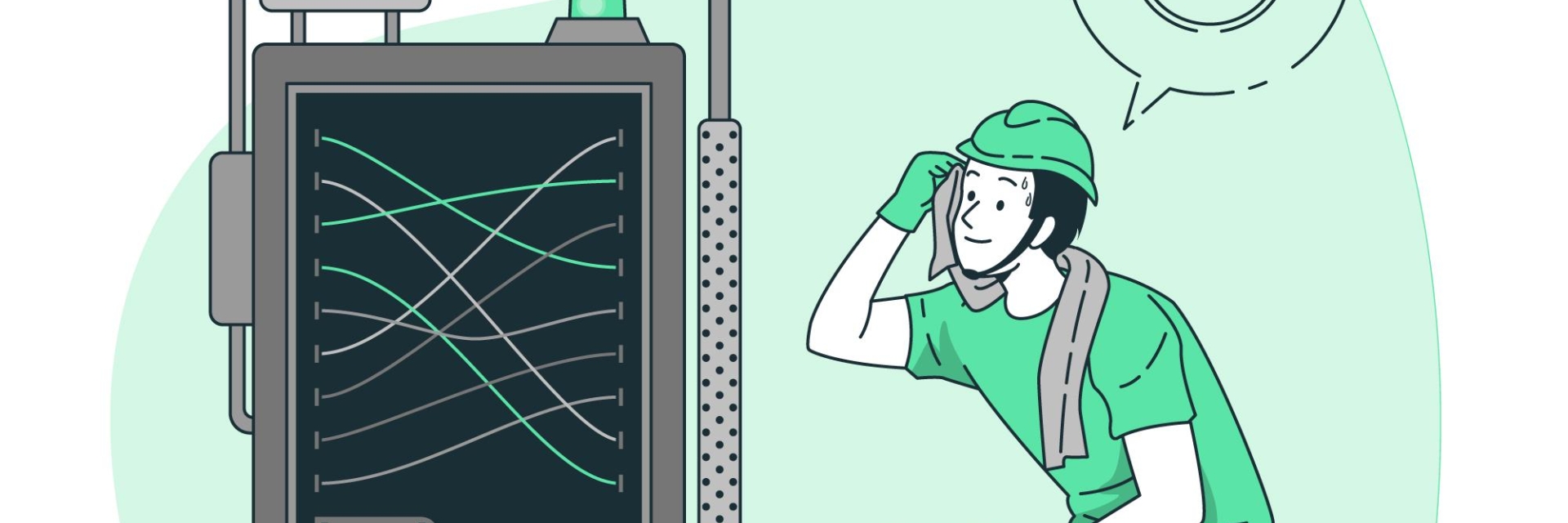According to World Bank data, South Korea's manufacturing sector accounts for 25% of its Gross Domestic Product (GDP). This is higher than the average of 13% for OECD member countries and the highest among G7 nations. Considering that Japan, a leading industrial nation, has a manufacturing sector accounting for around 20%, and Germany around 19%, it can be asserted that South Korea is truly a country that relies heavily on manufacturing. Thanks to its strategy of manufacturing exports, South Korea has joined the ranks of advanced countries in this sector, and both national economic and employment policies are concentrated on manufacturing.
With a significant share in manufacturing, there are also a considerable number of industrial accidents in this sector. In 2022, the number of industrial accidents in manufacturing reached 31,554, constituting 24.21% of the total. Construction followed closely behind with 31,245 incidents. In terms of the number of workplaces where accidents occurred, manufacturing led with 410,117 establishments, surpassing construction with 396,622 incidents. Among manufacturing industries, the sector with the highest number of accidents is the machinery, metal, and non-metallic mineral product manufacturing industry, which has the largest workforce. It accounted for an outstanding first place with 180,509 incidents. The second place was occupied by the electrical machinery, precision machinery, and electronic product manufacturing industry with 55,337 incidents, while the chemical and rubber product manufacturing industry took the third place with 40,953 incidents.
Source: Occupational Safety and Health Agency
Examining the characteristics of injuries among manufacturing workers, various forms of human errors involving personal factors are identified. In the manufacturing sector, the injury rate varies depending on the worker's conditions and the work environment, such as job environment, age, working hours, and working conditions. Each field and each company have diverse types of errors induced by human behavior due to the variety of machinery and equipment in use. Injuries occur due to unsafe conditions or unsafe behaviors, with the manufacturing sector experiencing more incidents due to unsafe behaviors than unsafe conditions. Specific examples of unsafe behaviors include improper use of protective gear, insufficient education on equipment and work methods, non-compliance with operating rules, and inadequate preparation for work.
Investigating the correlation between unsafe behaviors and injury occurrence among manufacturing workers, it was found that improper use of protective gear and manipulation of equipment speed were identified as major causes of accidents.
Human errors can manifest immediately or after a certain period. Therefore, it is essential to regularly review the situation to eliminate factors that increase errors. Human errors can be addressed by changing work processes, improving worker conditions, or modifying organizational management methods. Changing work processes includes modifying equipment or materials that are inappropriately designed and altering environments that interfere with work, such as noise or disturbances. Improving worker conditions involves training workers appropriately to enhance their skills if they have low job proficiency. Additionally, if health issues like fatigue are identified, measures can be taken to allow workers to recover. Changing organizational management methods involves creating rules, reinforcing supervision, establishing procedures and training systems to ensure that workers are aware of them, and managing or strengthening the supervision of workers to prevent violations of rules.
Preventing accidents requires not only workers on the site but also all relevant personnel to understand and adhere to safety regulations accurately. Minimizing human errors not only enhances safety but also improves productivity. Therefore, companies need to promptly create a working environment that minimizes human errors. The time and resources invested in safety should be seen as an investment with a definite return rather than a cost-consuming effort to enhance the company's productivity.
References
- Yoon Yong Gu. (2007). The relationship between human factor and error for behavior of manufacturing industry employee. 107-119.
- Image by storyset on Freepik.


